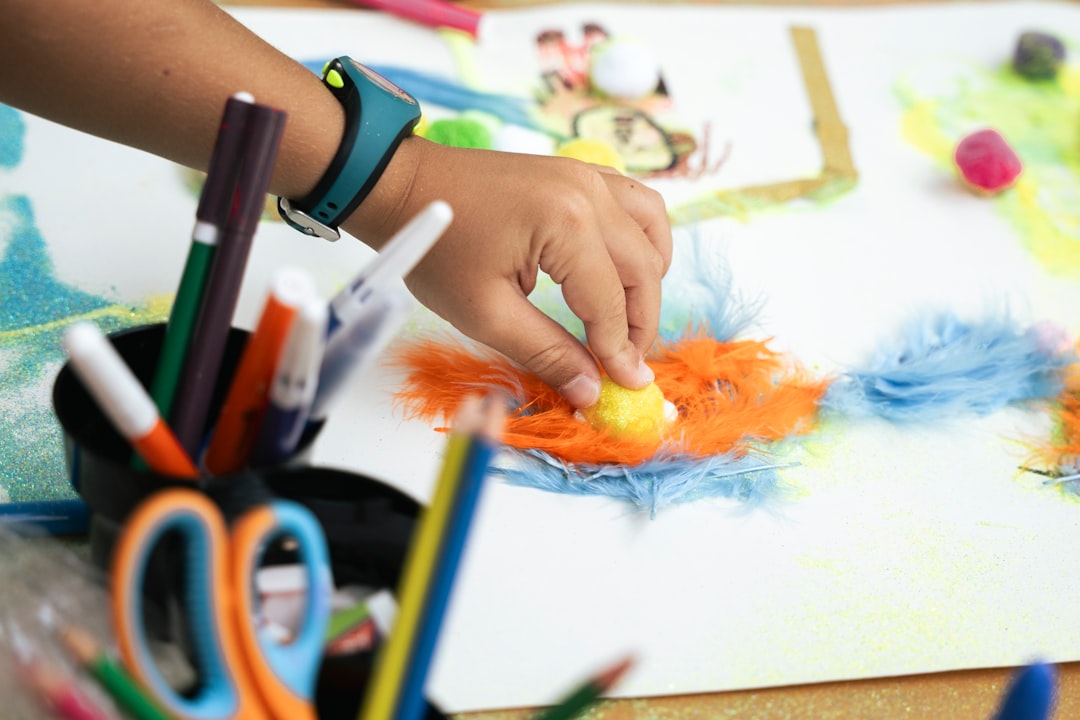In the swiftly evolving digital world, the fusion of technology and education is not just inevitable but essential. As we navigate through the 21st century, the integration of innovative technologies in educational systems is becoming increasingly pivotal for fostering young minds. This comprehensive exploration delves into how technology is reshaping the educational landscape for children, enhancing learning experiences, and preparing them for a future that is intricately woven with digital threads.
The Digital Classroom
With interactive whiteboards, tablets, and virtual reality, the traditional classroom is undergoing a transformation. These digital tools not only make learning more engaging but also cater to diverse learning styles and paces. For instance, virtual reality (VR) can transport students to ancient Egypt or inside the human body, making abstract concepts tangible and exciting. This immersive form of learning captivates young minds, encouraging curiosity and a deeper understanding of the subject matter.
Personalized Learning through AI
Artificial intelligence (AI) in education offers a tailored learning experience for each child. AI systems can analyze individual learning patterns and adapt instructional material accordingly, addressing students’ specific strengths and weaknesses. This personalized approach ensures that no child is left behind, promoting inclusivity and equal learning opportunities for all. Furthermore, AI-driven programs can provide real-time feedback to students, making learning a continuous, adaptive process.
Enhancing Skills with Coding and Robotics
Coding and robotics have become central elements in modern education, equipping children with crucial 21st-century skills. By learning to code, children develop logical thinking and problem-solving skills. Robotics projects, on the other hand, integrate coding with mechanical design, offering a hands-on approach to learning that enhances understanding and retention. These skills are essential not only in technology-related fields but also in solving everyday problems.
The Role of Gamification
Gamification in education uses game design elements in non-game contexts, making learning more fun and interactive. Through educational video games or gamified systems, children can learn mathematics, language arts, and even social studies in a context that feels more like play than work. This method has shown to increase motivation and engagement in children, leading to higher retention rates and a more profound interest in learning.
Preparing for Future Careers
As technology continues to advance, the careers of the future will demand a new set of skills. Educating children with the integration of technology prepares them for these future roles. Schools are increasingly incorporating STEM (science, technology, engineering, and mathematics) programs, which are crucial for developing these skills. By engaging with technology early on, children can adapt to the evolving job landscape, ensuring they are not only consumers of technology but also creators and innovators.
In conclusion, the integration of technology in education for children is a significant step toward a dynamic and inclusive learning environment. It not only makes education more engaging and personalized but also prepares young minds for a digital future, equipped with necessary skills for both personal and professional success. As we continue to harness the potentials of technology, it is crucial to ensure that these digital tools are accessible to all children, paving the way for a brighter, more informed generation.




